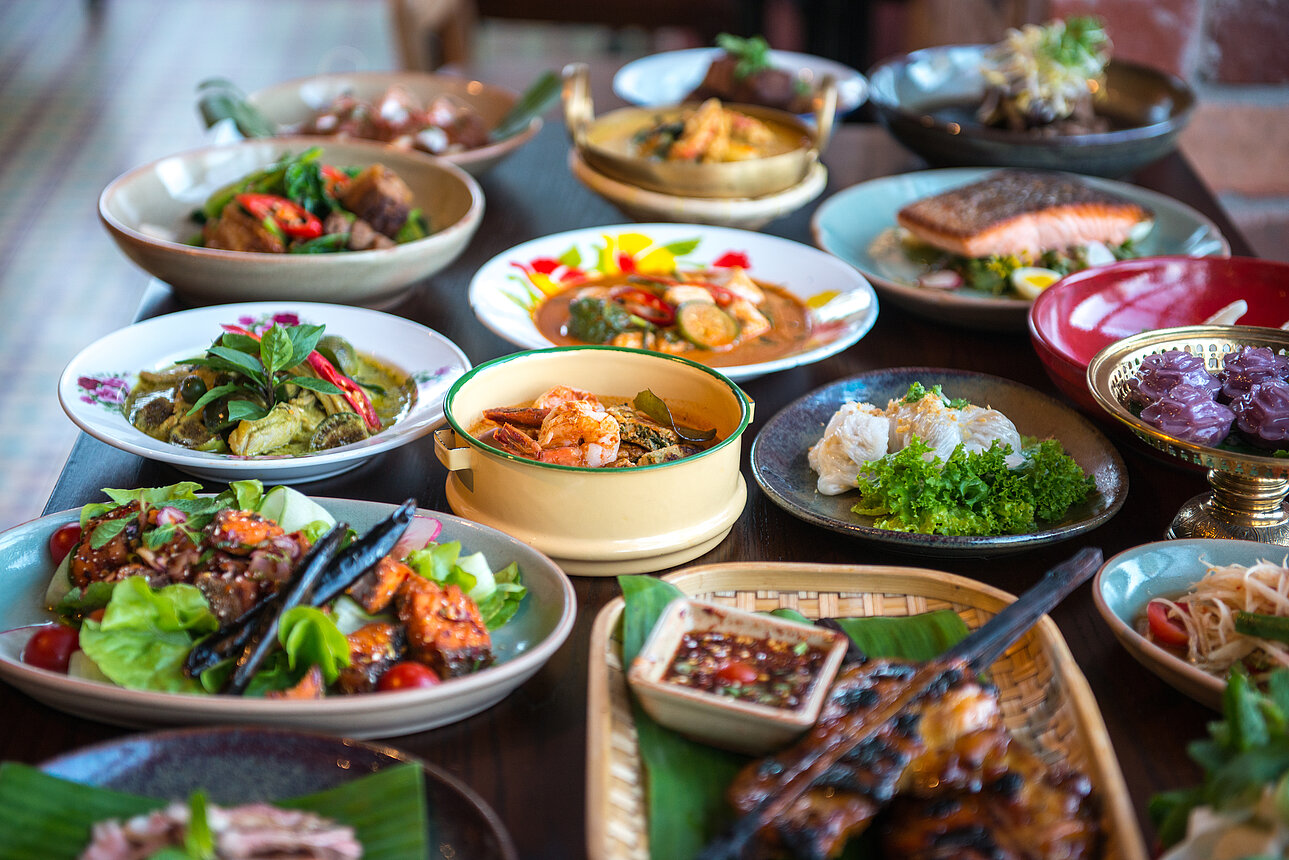One of the amazing things about food is its ability to tell stories. Multicultural foods weave together a tapestry that includes ingredients, their origins, and the culture that conceptualized them. By exploring people and cultures through cuisine, we can learn more about how it brings people together and what roles food and cooking have within that culture or within families.
Symrise’s "People of Color" report aimed to understand and explore the multicultural food consumption behaviors of African Americans and Hispanic consumers, especially when it comes to targeted breakfast and snack categories. This report also looked at specific flavor preferences of multicultural consumers, in addition to discussing how much they enjoy cooking and how often they do it.
Exploring Flavor Preferences
This report noted that people of color, more specifically Black or Hispanic people, account for about one-third of the overall population of consumers. These two groups have a lot of overlap when it comes to multicultural flavor consumption and preferences, particularly breakfast foods and snacks. For example, both groups reported having an above-average consumption of cold cereal and granola. They also named frying as a main method of cooking and meal prep.
There is some difference in behaviors, though. Hispanic families are more likely to sit down and share a meal than other groups. They also reported scrambling (eggs) as one of the main methods of food prep. Black consumers are more likely to purchase easy heat-and-eat items that don’t require much prep, and they report boiling to be another key cooking method.
Related: Social Listening: Top Flavor Trends
Salty Snacks
Multicultural consumers have similar taste preferences in salty snacks like potato chips, tortilla chips, and cheese puffs. Popular flavors include cheese, nacho, and white cheddar — rich, comforting flavors.
Hispanic people also enjoy BBQ-flavored snacks, while Black people reported liking sour cream and onion. While everyone enjoys eating these snacks throughout the morning or afternoon, Hispanic people aren’t as likely to eat them at mealtime during lunch, opting to munch on them between meals.
 Cold Cereal and Granola
Cold Cereal and Granola
Multicultural consumers buy cereal for breakfast, typically fruity or cinnamon kinds that are marketed toward children. African Americans also shop for plain cereal, or with flavors like berry or apple cinnamon. Hispanic people opt for more indulgent flavors like chocolate, peanut butter, or honey. Both groups eat cereal alone or with family members. Even though both groups eat cereal for breakfast, Hispanic people may choose it as an after-dinner snack, while African Americans eat it in the earlier hours.
Cereal and Granola Bars
Cereal or granola bars are an easy snack or breakfast that you can take just about anywhere. Both Black and Hispanic people grab a cereal bar to hold over hunger at any point throughout the day, especially in tasty flavors like honey, marshmallow, and chocolate. One interesting thing is that Hispanic people are more likely to buy specialty bars, like protein, energy, or diet bars, whereas African Americans are more likely to buy treat bars.
Frozen Breakfast Options
Frozen breakfast foods are simple to prepare, hearty, and usually affordable. Multicultural consumers from both groups love the classics, like frozen waffles and pancakes, in classic flavors like buttermilk or chocolate chip. These breakfast treats are enjoyed alone or in the company of other family members for a fun and tasty way to start off the day.
Hispanic consumers also buy another frozen favorite, prepared breakfast sandwiches. As a savory option, many select egg sandwiches with meat in them, like bacon or sausage. This is an alternative to sweet breakfast foods, like cereal, breakfast bars, or other frozen foods.
Subscribe to In-sight to receive articles and reports directly to your inbox, CLICK HERE!
Cooking Multicultural Foods at Home
Cooking at home is a central part of any culture. Family recipes and secrets get passed down from one generation to the next, preserving family history and keeping their roots firmly planted in their culture. Both Black and Hispanic consumers report more enjoyment of cooking than people of other cultures, with 58% of both Black and Hispanic consumers reporting that they love or like cooking a lot.
The Connection Between Cooking and Culture
Cooking multicultural foods at home is a way to bond and share time together as a family, sharing a delicious meal. Many parents and grandparents enjoy teaching family recipes to their children and grandchildren as a way to connect them to their culture and keep the shared history alive. People of color in the U.S. generally see food as a way to connect to their culture, no matter how far away they are from their ancestral lands.
Hispanic consumers have the highest rate of saying that they love cooking compared to other groups of consumers, and they are the least likely to dislike cooking. This isn’t surprising, considering that food is at the heart of so many Hispanic cultures. Black families also have a strong connection to cooking and culture, with only a small percentage reporting that they don’t like cooking.
Home Cooking Skills and Motivations
As food is central in Black and Hispanic consumers’ homes, about one-third of people in each group would describe themselves as being enthusiastic home cooks, with another 19% and 17%, respectively, reporting as aspiring cooks. Both groups of consumers had the fewest people who would describe themselves as either avoidant cooks or people who don’t cook whatsoever.
In all consumer groups, most people said that they had average cooking skills. However, Black consumers had the most confidence in their cooking skills, with 22% saying that they had advanced skills in the kitchen. This group also had the highest number of people saying they cook at home because they genuinely like to, not because they have to. This lets us know that multicultural food consumers from these groups generally like being in the kitchen and know their way around it fairly well.
Unsurprisingly, these groups are willing to spend the most time in the kitchen as well. Other groups of consumers reported wanting to spend less time in the kitchen on an average weekday, but both Black and Hispanic consumers had higher numbers of home chefs who didn't mind spending 30 minutes or more preparing a meal each day. That’s quite amazing, considering how busy life is, especially during the week.
With all of this data, we can get a bit more insight into how multicultural food consumption affects different groups, including how they shop and why. We know that food brings people together in the kitchen and around the table to create delicious meals and special moments to share.
To learn more about our products and insights, get in touch with our team at Symrise today, Contact us here!






